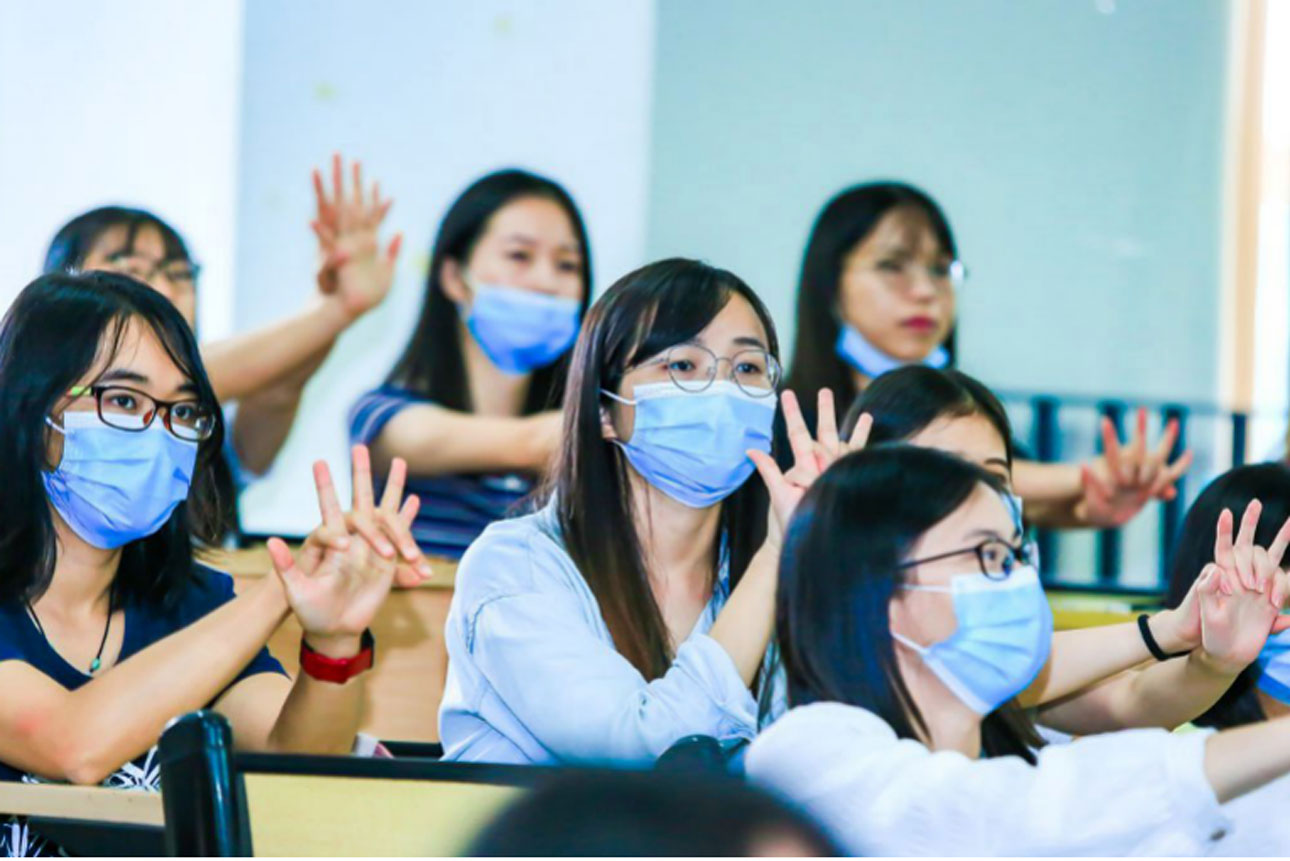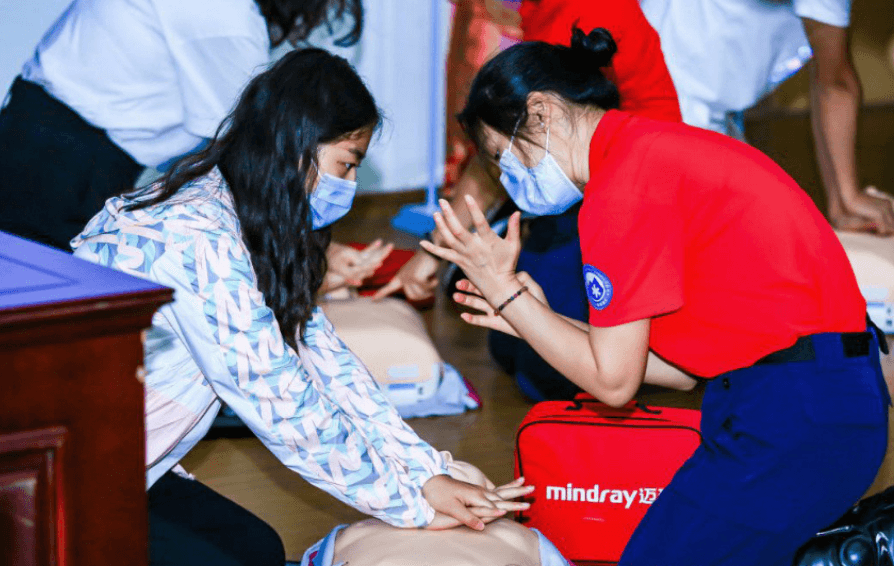According to CCTV News, a man who suddenly fainted at Huoying Metro Station of Beijing on the morning of September 25, died at hospital, though he had been given CPR by two helpful bystanders. In view of this, there is clearly a need for automated external defibrillators (AEDs) which are used for treating cardiac arrest to be made available in public places. In recent years, Mindray has actively cooperated with 120 training institutions to promote “manual CPR + AED", which has lead to "a life-saving training session".
On September 18, Shenzhen University (SZU) held the opening ceremony for the Class of 2020 graduates from College of Management. In their first class, they not only received moral education on how to cultivate themselves, but also "a life-training session".
What is "a life-training session"
Statistics show that 54.4 million Chinese people die from sudden cardiac death (SCD) every year, i.e., an average of 1500 deaths per day. And 90% of the cases occur outside hospitals, with a survival rate of less than 1%. Therefore, it is imperative that the pre-hospital first aid system improves. This is why it is important to carry out first aid knowledge education and promote the equipment and use of AEDs in public places.
In order to better promote "Manual CPR + AED" to the public, and to let more people understand and master basic first aid knowledge, the "a life-saving training session" series of activities were created.
The session, held in Shenzhen Book City, was well received by the public. The on-site guidance from Shenzhen Rescue Volunteers Federation (SRVF) raised the awareness and improved the skills in first aid, and, more importantly, gave the public the chance to learn how to give CPR and use AED devices correctly. Over 300 people of all ages were present and given the opportunity to participate in the practical exercises and drills.
"A life-saving training session" goes from the public to campus
Mindray then joined SRVF to bring this class to undergraduates, in the hope they will be able to offer effective first aid in the event of a cardiac arrest. With sound first aid capabilities, they can contribute to improve the pre-hospital first aid system and save more lives.

In the class, Mr. Xiang Li from SRVF illustrated the top ten first aid scenarios which students are likely to encounter in daily life, examining them in role-play scenes, interactive Q&As, a guide to first aid steps, and on-site teaching. In teaching various solutions and precautions, he injected great humor to get his point across and make the learning process a more enjoyable event.
Mr. Xinyuan Peng from SRVF asked a question: “What if I encounter a patient lying on the ground due to cardiac arrest?” And followed with the statistics: Heart disease remains the leading cause of death in China every year and 80% of SCD occur outside of hospitals. The success rate of SCD is less than 1% in China, basically 15% in the world, 30% in some well-performing countries. The most shocking fact to emerge is that people in their late 20s are most likely to be affected by SCD.
In response to disasters such as the Wenchuan Earthquake, China advocates "improving disaster prevention and control capabilities, and building a defensive wall to maintain life safety". We should also do this in cases of preventable and curable SCD. But how can we more effectively save the lives of patients hit by cardiac arrest?
Time is life
Medically, there is a "golden four minutes" during the first aid for SCD. The brain cells will be irreversibly damaged after 4 minutes of cardiac arrest; if the time is more than 10 minutes, even if the patient is rescued, it may result in brain death, in other words, a vegetative state. If the patient receives the correct and effective resuscitation within 1 minute, the survival rate goes up to 90%; within 4 minutes, about 60%.
It often takes more than 10 minutes for first-aid personnel to reach the scene. Therefore, in the case of SCD, a "first responder" is the key rescuer, and the only effective means of treatment is chest compressions + cardiac defibrillation.
At the end of the session, teachers from SRVF joined AED product experts from Mindray to show SZU students how to use AEDs, and to highlight the importance of AEDs in saving SCD patients with cardiac electric defibrillation.

As China's first CFDA-certified AED, Mindray AED has overcome many technological restrictions, and has established a Chinese National Standard for Biphasic Defibrillation. By the end of 2019, Mindray has successfully treated 50+ patients who suffered a cardiac arrest in a public place. Mindray remains committed to promoting PAD program, bringing "a life-saving training session" to more people and provide better healthcare for all.
